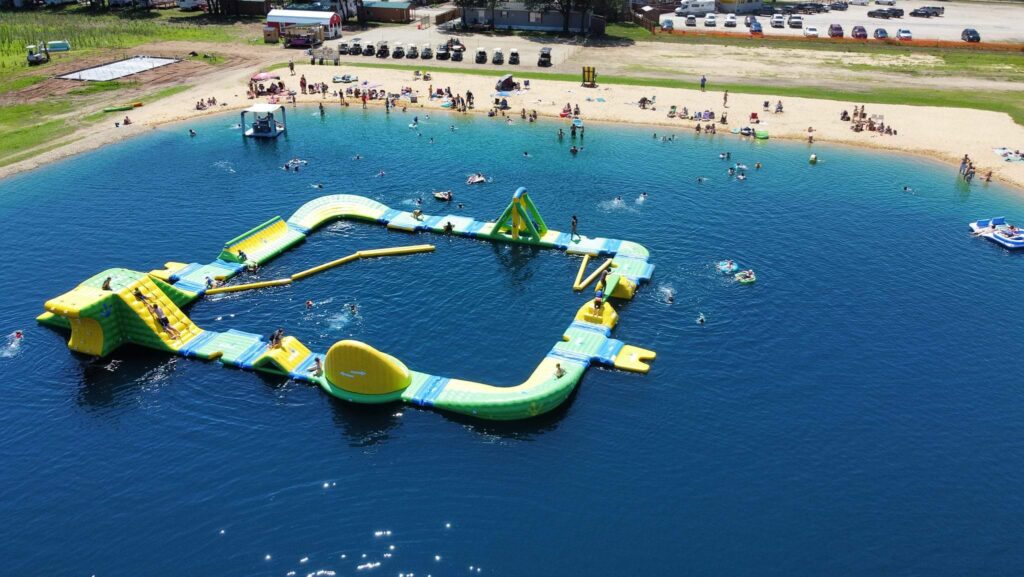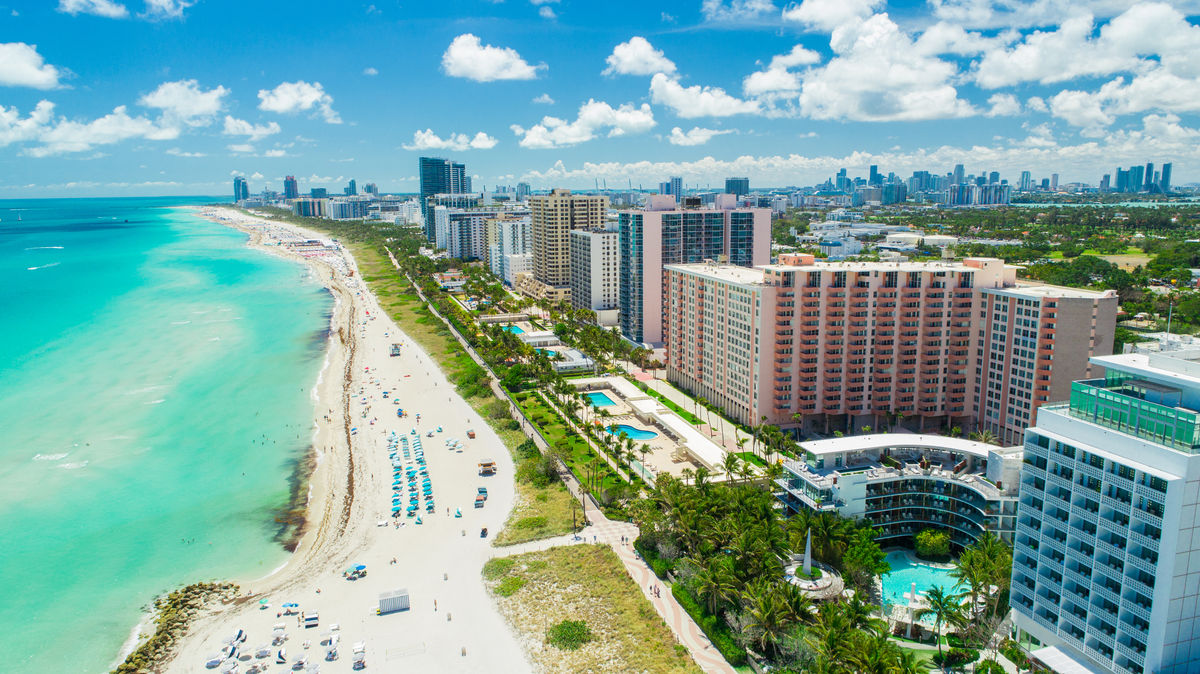According to the park’s environmental assessment, Makoshika State Park near Glendive, Montana, spans about 11,500 acres and features rugged badland scenery as well as dinosaur fossil sites. Now, it is pursuing an expansion that would create 16 RV campsites with electric hookups on a plot once used as a gun range. Park officials state the goal is to accommodate increasing visitor demand while remediating roughly 1,750 cubic yards of soil identified as lead-contaminated, a figure that does not include any clean fill that may be added later.
In an environmental assessment, Montana Fish, Wildlife & Parks described plans for excavating the affected earth and handling it as hazardous material if tests confirm excessive lead levels. Early sampling indicated concentrations of up to approximately 960 parts per million in certain areas, according to initial reports. Much of the contamination stems from decades of intermittent shooting activity that left bullet fragments and smelter waste near the targets.
“The project design has not been finalized as we are currently accepting public comments which may alter the project,” said Brian Burky, Region 7 park manager (in an email last month). He stated, “That being said, the project concept is estimated to cost between $3.4 million and $4.4 million.” According to Burky, these figures reflect a broad conceptual range that could shift if input from nearby communities prompts new priorities or design changes.
Project documents indicate that new construction can proceed only after soils are brought below a lead threshold of 200 milligrams per kilogram, consistent with federal guidelines for recreational sites and approaches similar to other parks. Once excavation of lead-laced material is complete, final disposal will depend on compliance with federal hazardous-waste standards under RCRA Subtitle C or D, ensuring that the excavated soil meets regulatory criteria before being accepted at an appropriate facility.
According to records from Montana Fish, Wildlife & Parks, officials anticipate that additional accommodation taxes could increase local revenues once the RV sites open. The same agency’s data show that more than $6,500 in lodging-based taxes were collected for Makoshika overnight stays during fiscal year 2024, and an estimated $5,100 in annual taxes may be added when the new sites become fully operational.
The park’s environmental assessment states that Makoshika welcomed more than 112,000 visitors in 2021, a peak figure reflecting interest in the scenic badlands and dinosaur fossils. Although visitation dipped slightly in later years, planners expect the expanded amenities to help recapture strong attendance, especially during the busy months between Memorial Day and Labor Day.
The assessment also outlines plans to remove up to 15 inches of soil in a 37,500-square-foot region around the old shooting area. Officials report that decades of target practice left behind bullet fragments and smelter particulates, necessitating careful excavation by a qualified industrial hygienist.
According to the same documents, construction could begin in 2025, with the facilities potentially opening for campers by 2026 if site cleanup and design efforts progress on schedule. The choice of the former range site is partly due to its flatter terrain, which can accommodate larger vehicles that struggle to reach steeper spots within the park’s network of narrow roads and switchbacks.
Montana Fish, Wildlife & Parks records show that the existing campground has nine RV pads and 19 tent sites, often filled to capacity in summer months. Park planners aim to ease pressure on those sites through the new expansions and electrical hookups distributed on ground better suited for larger rigs.
In response to shifting visitor interests, the proposal calls for a dinosaur-themed playground, modern restrooms, and a handful of primitive hike/bike sites. By adding activities and varied lodging options, officials hope the project will spur longer stays and diversify the park’s appeal for families and more experienced outdoor adventurers alike.
One analysis suggests that distinctive themes or specialized amenities can help destinations stand out. Planners say that a dinosaur motif aligns well with Makoshika’s fossil record, potentially boosting its identity as a family-friendly camping area.
Conducting thorough assessments of former industrial or recreational land uses often helps decision-makers identify and manage areas requiring remediation. Engaging a certified expert or industrial hygienist during excavation projects can maintain compliance with environmental regulations and reduce risks to staff and visitors. Creating clearly marked containment zones and training staff properly can further support public confidence in the site’s safety. Transparent communication about soil management efforts helps promote trust among campers, industry partners, and local communities once a cleanup is complete.
Offering varied overnight options, such as RV sites with utilities, tent camping, or themed accommodations, can attract broader audiences and encourage extended stays. Introducing interactive or educational elements, like a themed playground, may create memorable experiences that lead to positive word-of-mouth and repeat visits. By combining modern amenities with unique branding inspired by the park’s distinctive landscapes, the project at Makoshika illustrates how campground owners can broaden their market appeal.
Project managers plan to engage a certified industrial hygienist and keep local stakeholders informed about progress. By following established methods to clean up the residual lead while investing in new infrastructure, Montana Fish, Wildlife & Parks aims to modernize Makoshika’s facilities and protect the region’s natural and historical assets.
.png)
.png) 1 month ago
3
1 month ago
3








 English (US) ·
English (US) ·  Spanish (ES) ·
Spanish (ES) ·